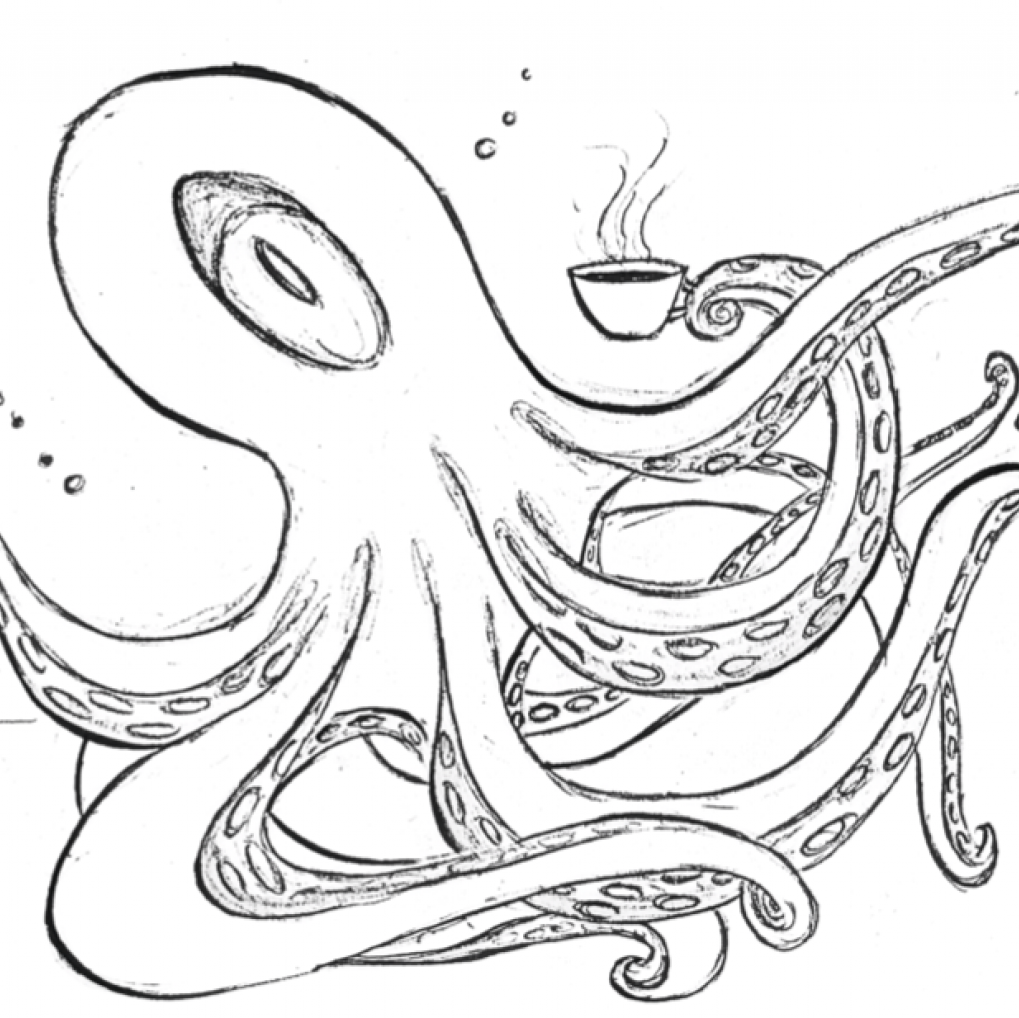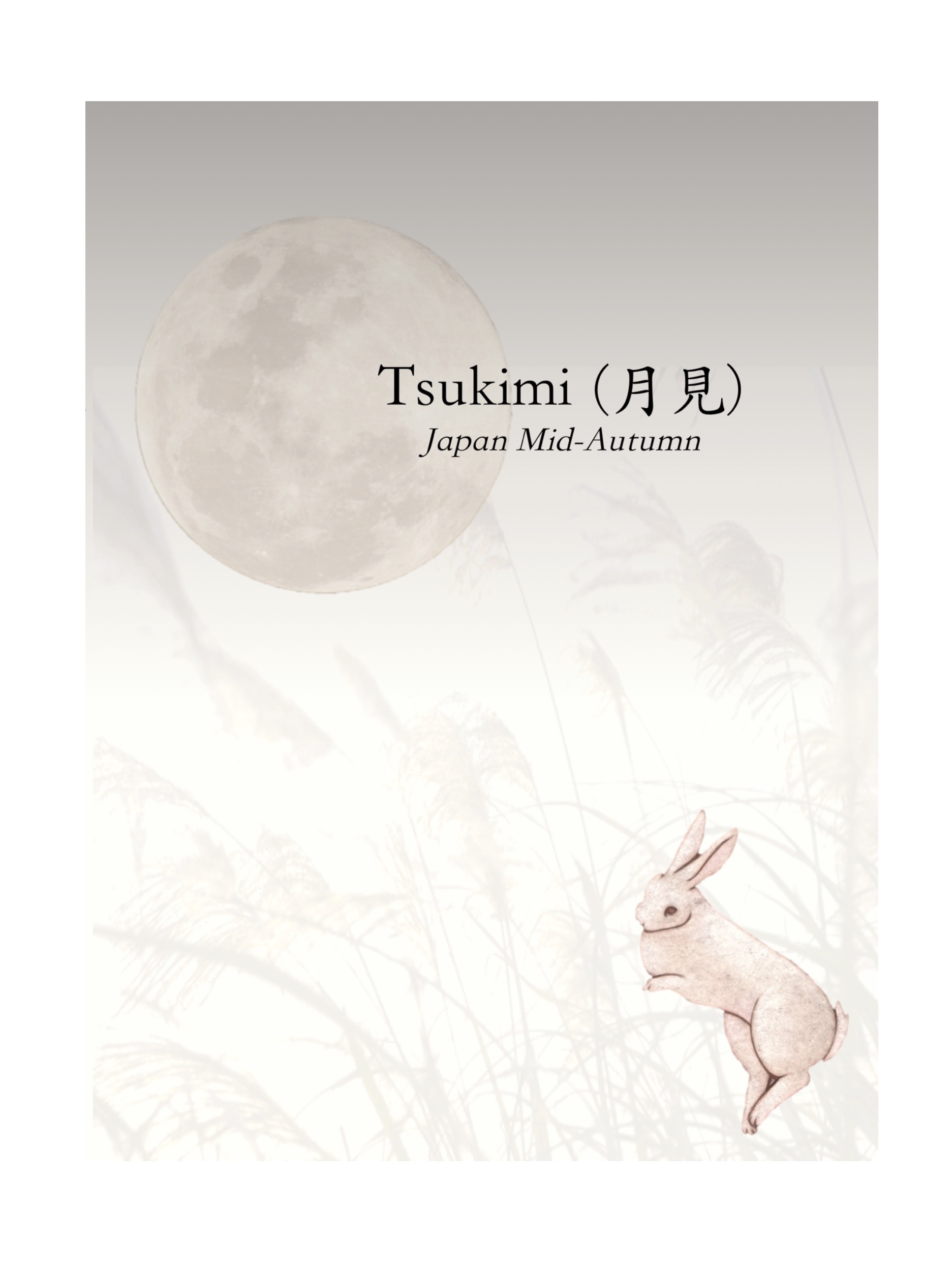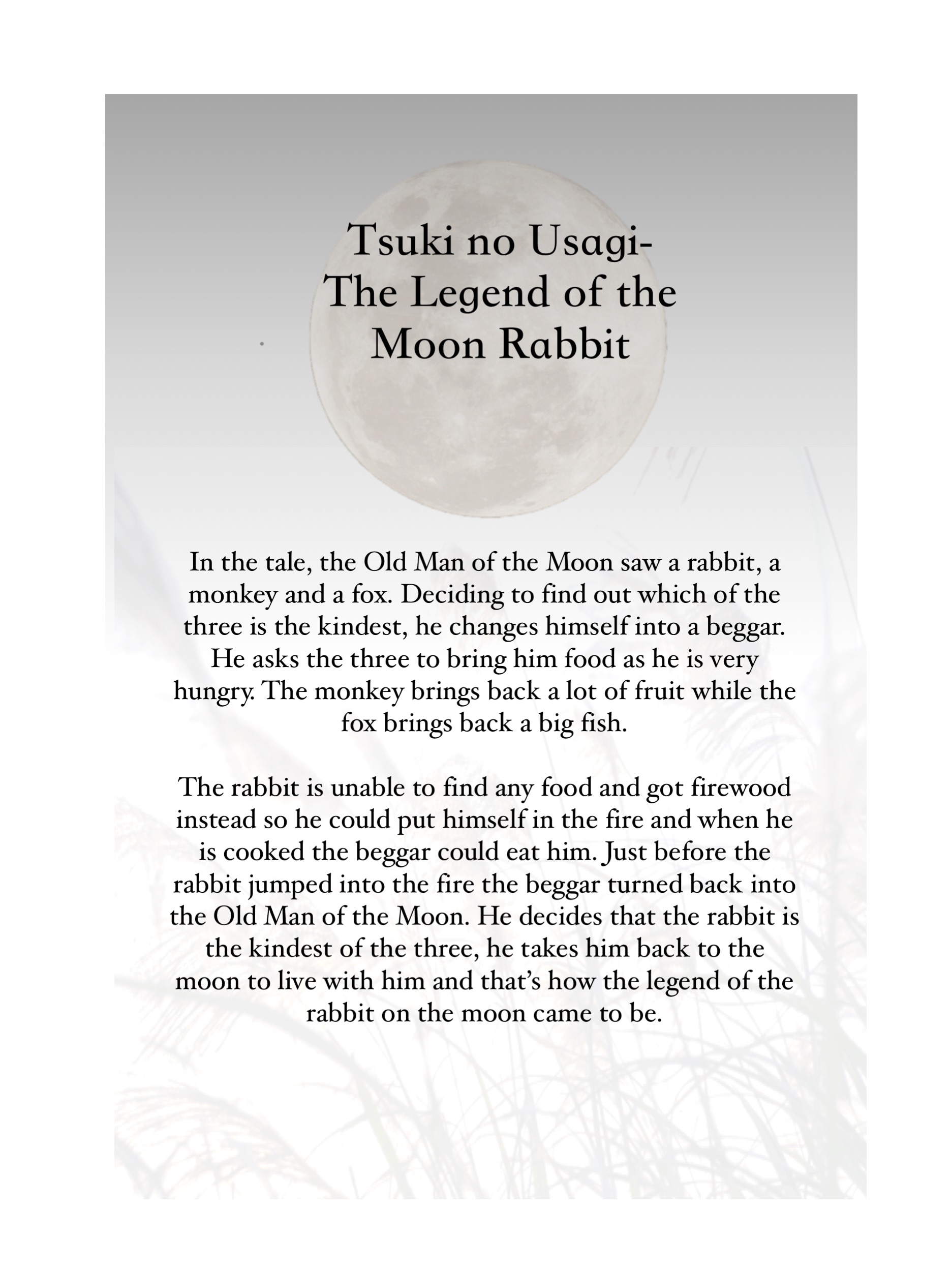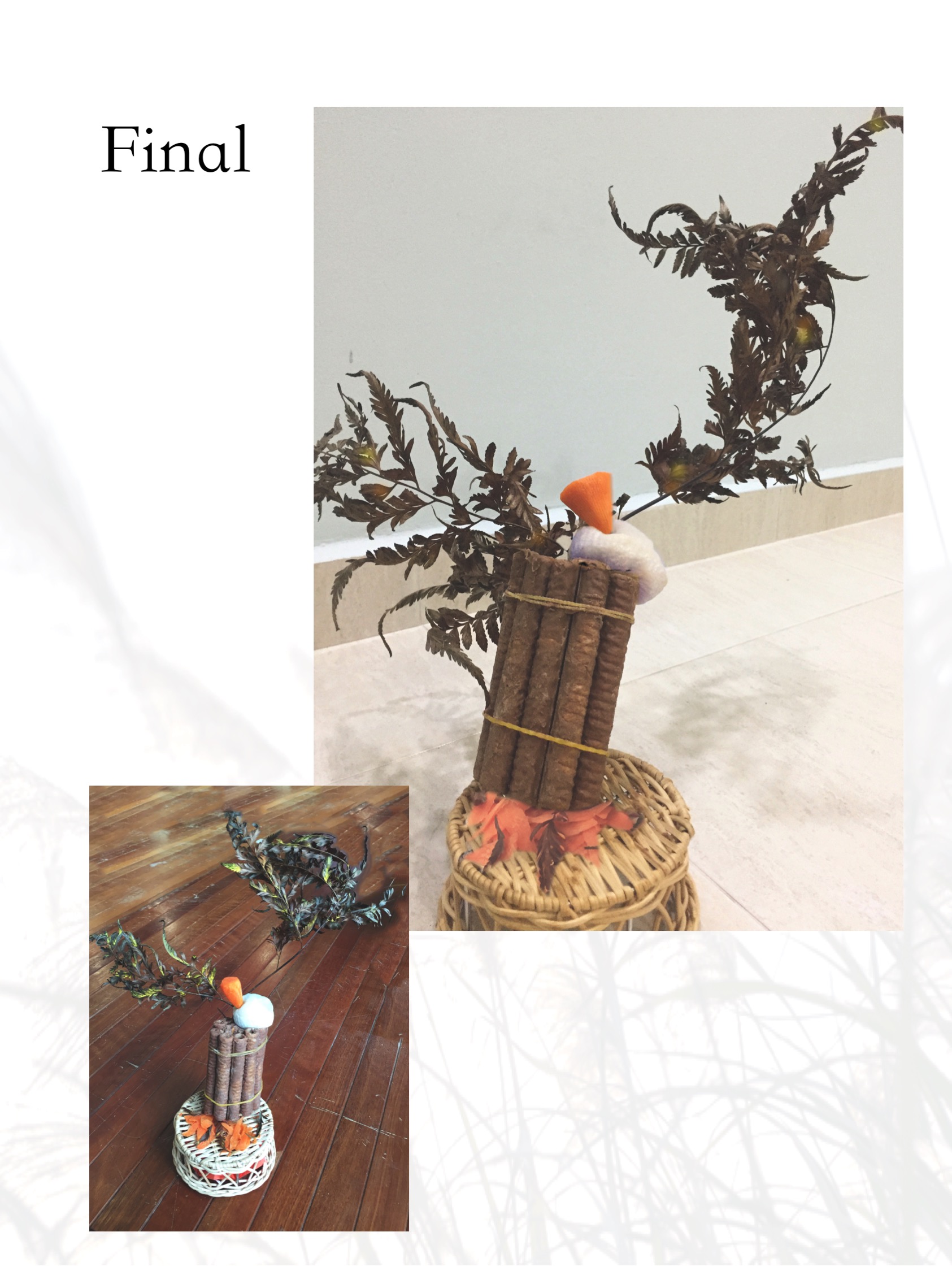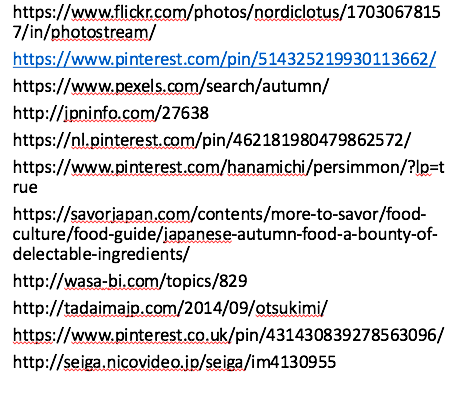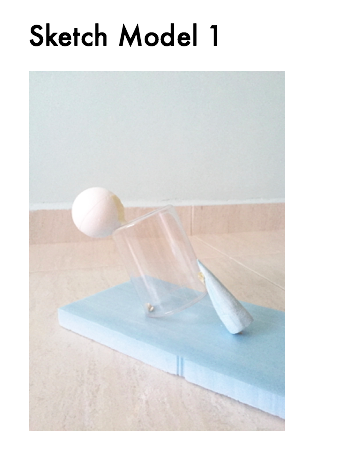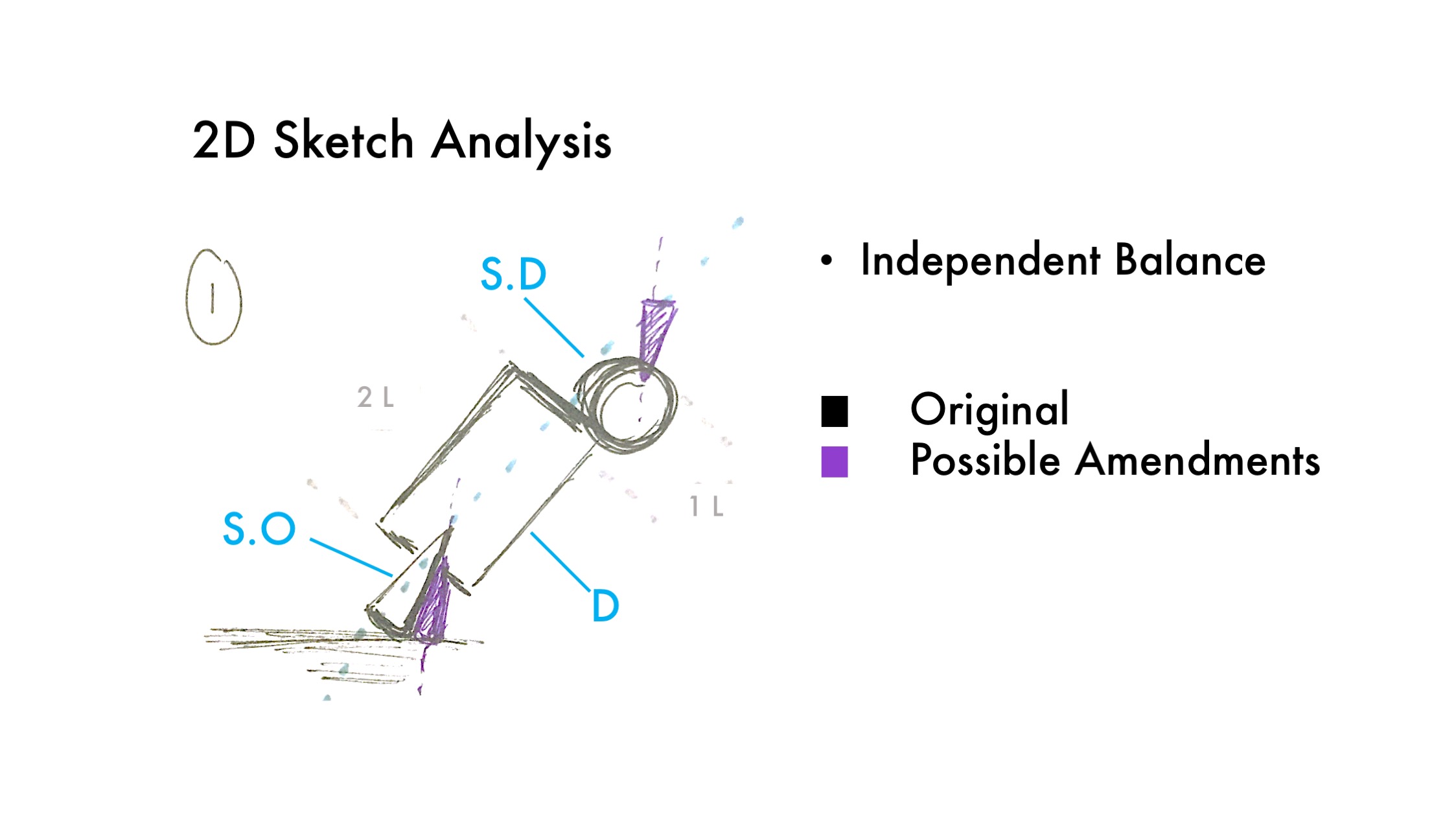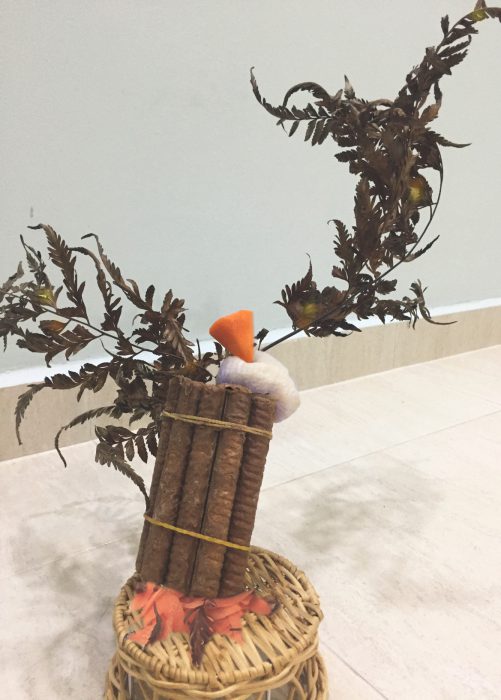
This post showcases the final documentation of the Gaia’s Ikebana project.
Following the first experimentation on Curvilinear volumes, https://oss.adm.ntu.edu.sg/am0002in/curvilinear-forms-first-attempt/ where my 2D Sketch Analysis is located, we were to come up with a composition with our sketch models using food. Also, another twist was to incorporate a branch in our composition and create an Ikebana arrangement. With that said, I first went on to research.
Ikebana
Ikebana is the Japanese art of flower arrangement. The key art styles used in Ikebana are simplicity and minimalism.
After some research on the types of Ikebana styles, I found myself drawn to the slanted style of Moribana.
In this style, the branches are more freely arranged and gives the composition a softer look.
Theme
The seasonal theme I’ve got from this project is Autumn.
Here’s a mind map I did with all things related to Autumn.
I decided to go for a more oriental Japanese concept to suit the Ikebana mood. I then did a food research for inspiration and complied them into a moodboard.
With the research I did, I came up with a few concepts to work with.
Chosen Concept
I used Chocolate Sticks and tied them together to replicate ‘Firewood’. Moshi was used as it is a traditional Tsukimi food and it also resembles a ‘Moon’. Lastly, the carrot signifies the ‘Rabbit’.
The ‘Firewood’ cylinder makes up the Dominant, the Mochi sphere is the Sub-dominant and the carrot cone is the Sub-ordinate.
Suggestions from presentation
The ‘Firewood’ could be longer and the carrot could be a smaller cone to show off the relationship between the Dominant, Sub-dominant and Sub-ordinate.
The base used could be a simpler flat wooden plate to avoid distraction.
References
More about the Moon Rabbit legend:https://asianinspirations.com.au/asian-culture/japanese-moon-festival-legend/
